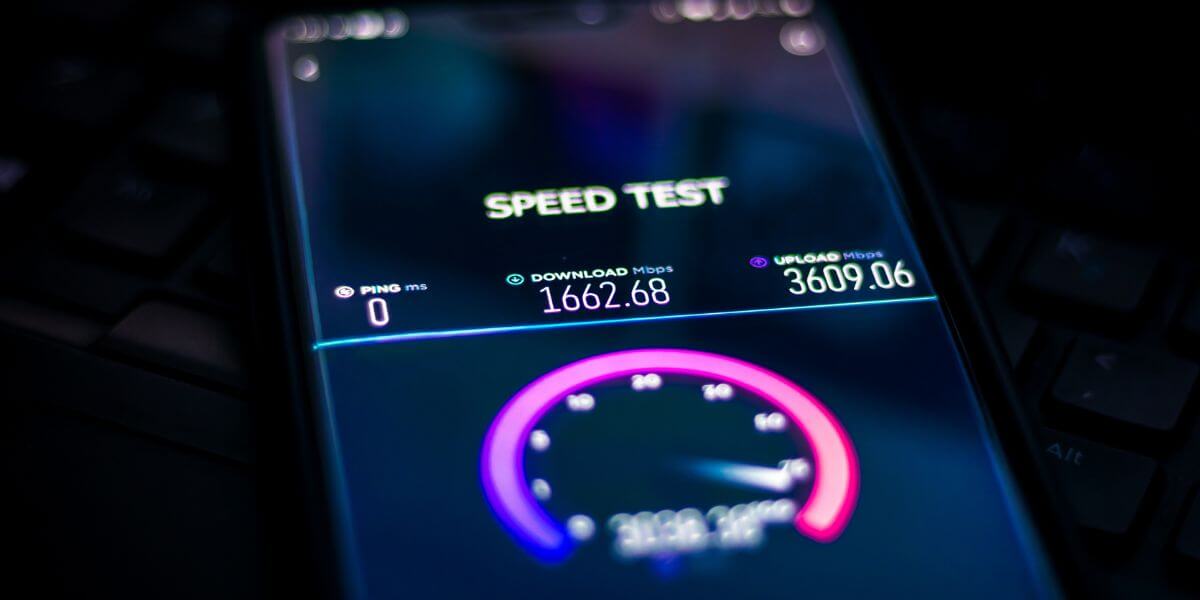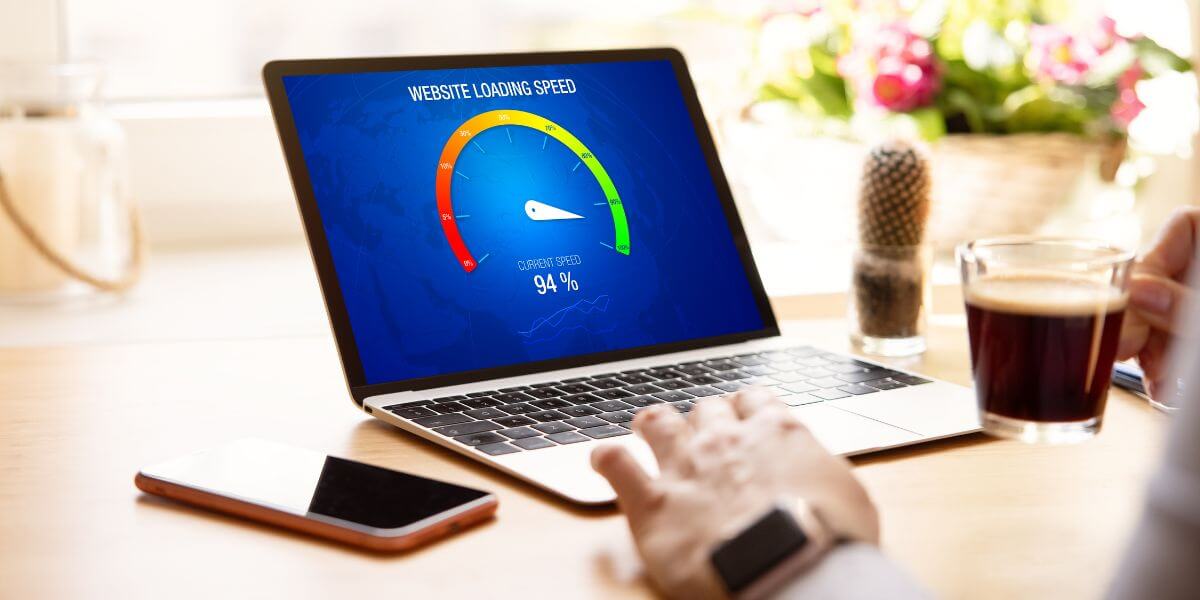Lower your internet bill
61% of people overpay for their internet.
Are you one of them?
Unlock exclusive offers in your area!
Call now
[tel]Enter zip code
1 Star is Poor & 5 Stars is Excellent.
* Required
Written by Sam Watanuki - Pub. Feb 20, 2025 / Updated Feb 21, 2025
Table of Contents
Are you happy with your Internet service?
About the author
Slow internet feels like being stuck in digital traffic—frustrating, time-consuming, and completely unnecessary in today’s high-speed world. Whether you’re struggling with buffering video calls, lagging online games, or glacially slow downloads, the right technical adjustments can transform your internet experience from frustrating to fantastic.
But what really makes the difference between a lightning-fast connection and a digital crawl? From the best router placement to network settings, we’ll explore proven techniques for how to get faster internet and ensure you’re getting the performance you deserve from your connection.
Before jumping into optimization tips, it’s important to know what impacts your internet speed. A lot of things can affect how well your connection performs, from your service plan to how your home setup is arranged. While your internet service provider (ISP) determines your maximum speed, there are plenty of things you can do on your end to hit—or even surpass—your expected performance.
Start by establishing a baseline using reliable speed testing tools, such as Ookla Speedtest [1] or Fast.com [2]. These tools will give you an initial understanding of your internet performance. For accurate results, make sure to test your speed at different times of day, as network congestion can vary, and from various locations in your home to identify potential dead zones. Additionally, test on multiple devices to see if performance issues are device-specific.
Remember that Wi-Fi speeds typically measure 20-30% slower than direct wired connections, due to interference and signal loss [3], so take this into account when evaluating your results. If possible, compare your Wi-Fi speeds to a wired connection to see if your internet provider is delivering the speeds you’re paying for. This comprehensive testing will help you pinpoint any issues and optimize your setup.
Most speed issues stem from a few common sources:

Get the most from your internet
Your router serves as the gateway for your home internet connection, making it the first line of defense against slow speeds. Logging in and properly configuring your router can also significantly impact your internet performance.
Place your router in a central, elevated spot to get the best signal across your home. Try to avoid metal objects, thick walls, or anything else that might block the signal. Steer clear of hiding it in cabinets, behind big furniture, or near devices like microwaves or cordless phones that can cause interference.
For the best results, aim for a clear line of sight to the areas where you use Wi-Fi the most, like the living room, home office, or bedrooms. A good router setup can make a big difference in your internet speed and reliability.
Modern routers run on either 2.4GHz or 5GHz frequencies, and both have their perks. The 2.4GHz band gives you better range but slower speeds, while 5GHz delivers faster speeds over shorter distances. To get the best performance, try using channel analysis tools to find and pick the least crowded channels. Most smart devices can automatically select the best channel, but it doesn’t hurt to check once in a while.
Your devices have a big impact on your internet speed. Keeping them maintained and running smoothly can help avoid slowdowns and keep things working consistently.
Background apps can use up a lot of bandwidth without you even realizing it. Take some time to check and manage what’s running in the background, especially on your phone or computer. Keep an eye on things like automatic updates, cloud syncing, and backup programs.
Make sure to keep your devices and apps updated to the latest versions. Updates often come with performance boosts and bug fixes that can impact your internet speed [4]. Also, try switching to lighter versions of apps if the ones you’re using are eating up too much bandwidth.

Optimize your settings
Advanced network settings offer powerful tools for speed optimization, though they require careful configuration to avoid unintended consequences.
QoS settings let you prioritize certain types of internet traffic over others. For instance, you can make sure video calls get priority over file downloads, or give gaming traffic the upper hand during certain hours. Most modern routers have QoS features built in, though they might be called “traffic management" or “bandwidth control."
Your DNS (Domain Name System) settings can impact how fast websites load [5]. Your ISP gives you default DNS servers, but options like Google DNS (8.8.8.8) or Cloudflare (1.1.1.1) are often quicker. Try out different DNS providers to see which one works best for your area.
Sometimes, the best solution involves upgrading your hardware. While this requires an initial investment, the performance improvements often justify the cost.
If your router is over 3-4 years old or doesn’t support current Wi-Fi standards, it’s probably time for an upgrade. Look for a router with Wi-Fi 6 (802.11ax) or at least Wi-Fi 5 (802.11ac) to get the best performance. Make sure your new router can handle the speed of your internet plan—or better!
If you’ve got a bigger home or struggle with weak Wi-Fi spots, extenders or a mesh network system might be the way to go. Unlike regular range extenders that can cut your bandwidth in half, mesh systems give you smooth, reliable coverage without slowing you down. Plus, most modern mesh setups are super easy to install and manage right from your phone.

Maintain the speed you’re paying for
The way you browse can really affect your internet speed. Using smart habits can help keep things running smoothly.
Regular browser maintenance improves loading times and reduces bandwidth usage:
Keep your network running smoothly while streaming and downloading:
These tips can make a big difference in boosting your internet speed, but keep in mind that fast internet starts with the right service plan. Think about what your household needs when picking a speed tier, and don’t be afraid to upgrade if you’re constantly maxing out your current plan.
Looking for faster internet? Just enter your zip code below to check out providers and plans available in your area. Our comparison tool makes it easy to weigh speeds, prices, and features so you can find the perfect fit for your online life.
[1] Ookla. “Speedtest by Ookla."
[2] Fast.com
[3] How-To Geek. Wi-Fi vs. Ethernet: How Much Better Is a Wired Connection?
[4] Avast. “Why Is My Internet So Slow & How to Speed It Up?"
About the author
Congratulations, you qualify for deals on internet plans.
Speak with our specialists to access all local discounts and limited time offers in your area.
[tel]61% of people overpay for their internet.
Are you one of them?
Unlock exclusive offers in your area!
Call now
[tel]Enter zip code